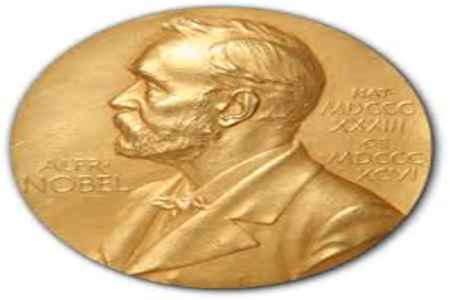Ken Durose is Professor of Applied Physics and Director of the University’s Stephenson Institute for Renewable Energy .
“It is terrific news that Nakamura, Akasaki and Amano have won the 2014 Nobel Prize in Physics for their work on the blue LED (light emitting diode) – its has genuinely changed the world – everyone owns an LED torch and our low energy lighting depends on it.
Back in the 1980s the lab where i was doing my PhD was working on the blue LED too – it was the number 1 target in applied physics. Everyone knew that it was a tough problem – but if you could crack it it you could make high density storage discs (today’s blu-ray!), and flat screen TV – by adding the rather easier red and green light. Somehow, no-one mentioned lighting in those days, but there were more than enough reasons to go ahead , and my colleagues in Durham actually made their blue LED in the late 70’s. But it was pretty weak and you had to cup your hands around it to see it. Not good enough! (For the technical reader, it was a “zinc selenide Schottky diode”)
I was at the conference in Japan in 1989 when the breakthough was announced: the thorny problem of making p-conductivity in zinc selenide had been cracked. It would now be possible to make a high brightness blue LED after all. The atmosphere was electric – this was going to be a step change in world technology and the race was on to make it happen. Labs worldwide got interested, and those working on the somewhat forgotten subject of zinc selenide got popular overnight. It was short lived: the new blue LEDs failed rapidly – they simply went dark – and the electron microscope showed them to be irretrievably full of crystal defects.
Just a few years later, the Japanese labs made their great leap forward –they achieved the elusive p-doping for another compound, gallium nitride. This time the blue LEDs were both bright and stable, and this time it was for real. Crystal growth labs worldwide jumped in, but it was almost impossible to get any gallium nitride for your own experiments. After the initial fuss died down, and samples became available, I ran a PhD on the subject, but just one. Half way through, I found a white light LED key-ring in my Christmas stocking, bought from the local market by my mum in an out of the way farming town. Gallium nitride blue LEDs had had a rapid rise into the commercial market – to do any meaningful research on them, you were going to need some serious investment and fast. Several UK labs work on it to this day, but I concentrated on the inverse of the LED the solar cell, where you put light in and get power out.
Importantly, today’s Nobel Prize in Physics recognises the Cinderella sciences of crystal growth, materials science and applied physics. They are often overlooked, but have the capacity to change society – think of the silicon chip, optical communications – and today’s low energy lighting. Worryingly for Universities, these subjects don’t always do too well in research assessment exercises even though they are crucial for society.
Here in Liverpool there is a vibrant community of crystal growers, materials scientists and electron microscopists – working on a vast range of topics and in departments including the Stephenson Institute for Renewable Energy, Physics, Chemistry, Engineering , Electrical Engineering and the Nical microscope centre. Who knows where it may lead?
In the meantime, we should all congratulate Akasaki, Amano and Nakamura for changing our world for the better, and on the award of their richly deserved Nobel Prize.”
